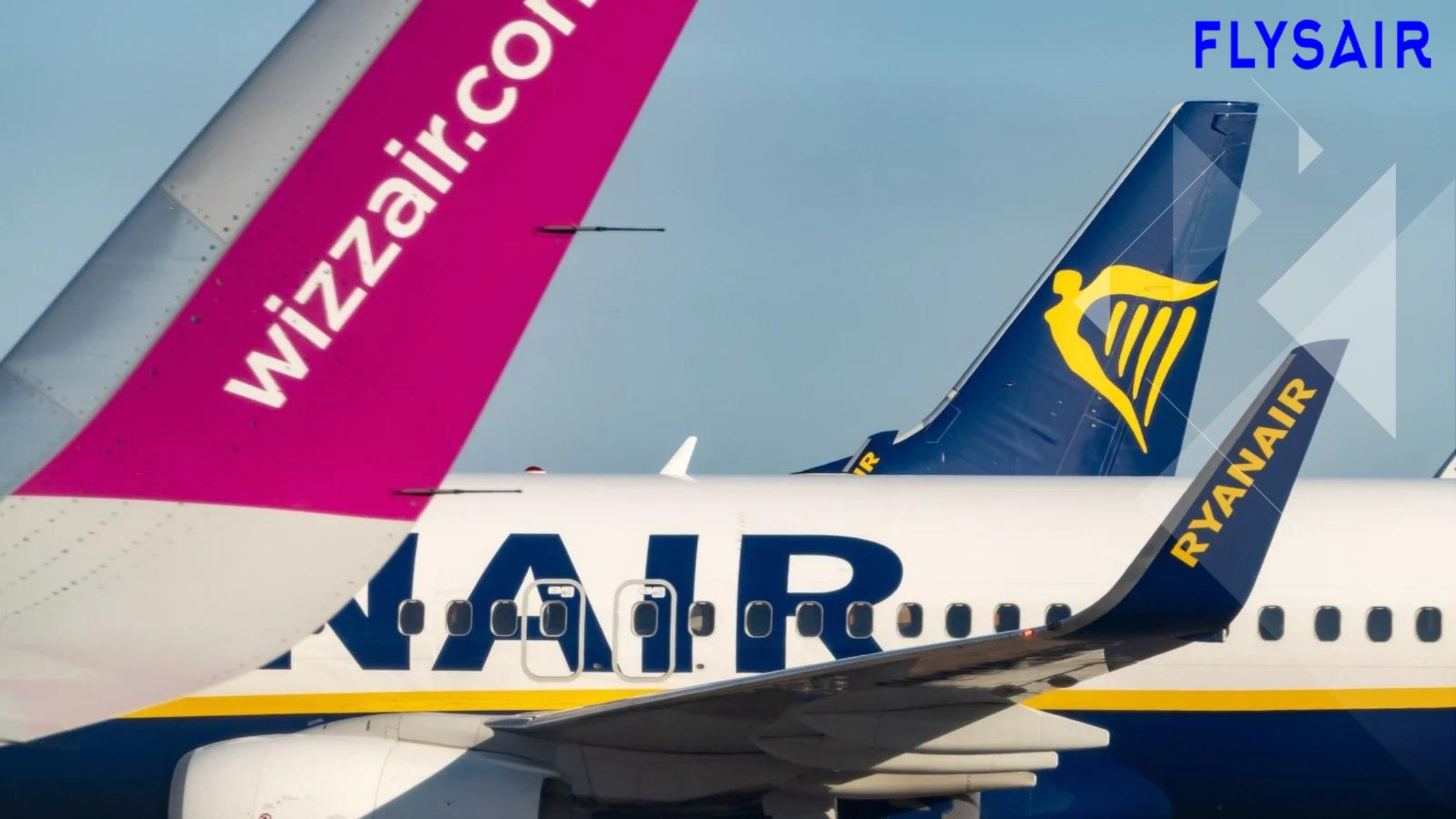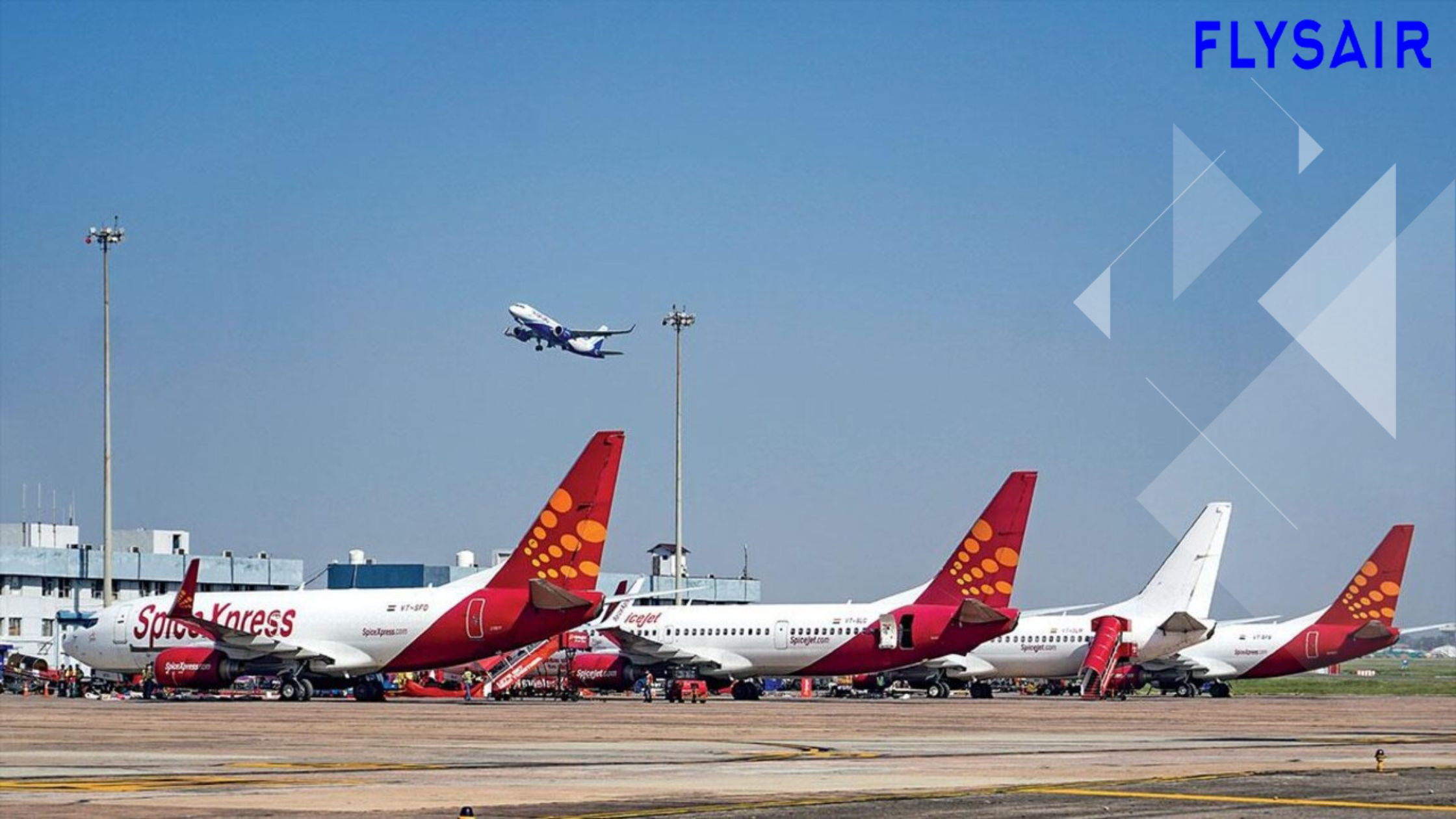The Impact of Low-Cost Airlines on the Aviation Industry
Posted on July 02, 2024 by Admin

The Impact of Low-Cost Airlines on the Aviation Industry
The aviation industry has undergone significant changes over the past few decades, largely due to the rise of low-cost airlines. These carriers have revolutionized air travel, making it more accessible and affordable for millions of people worldwide. In this article, we will explore the impact of low-cost airlines on the aviation industry, examining how they have transformed air travel and what this means for passengers and traditional carriers alike.
Democratization of Air Travel
One of the most profound impacts of low-cost airlines on the aviation industry is the democratization of air travel. Before the advent of low-cost carriers, flying was often seen as a luxury reserved for the affluent. However, low-cost airlines have changed this perception by offering significantly lower fares compared to traditional carriers. This has opened up air travel to a much broader demographic, allowing people from various economic backgrounds to fly.
By reducing the cost of air travel, low-cost airlines have enabled more people to travel for leisure, business, and education. This has not only increased the number of passengers but also boosted tourism and economic growth in many regions.

Increased Competition and Innovation
The rise of low-cost airlines has introduced fierce competition in the aviation industry. Traditional carriers, once dominant, now face significant pressure to reduce costs and improve efficiency to compete with their low-cost counterparts. This competition has led to numerous innovations and improvements in the industry.
For instance, traditional airlines have had to rethink their pricing strategies, often introducing their own budget-friendly options or unbundling services to offer lower base fares. This has led to a more diverse range of choices for passengers, allowing them to customize their travel experience according to their preferences and budgets.
Must Read : How to Navigate Connecting Flights: Tips for a Smooth Transfer
Enhanced Operational Efficiency
Low-cost airlines have set new standards for operational efficiency in the aviation industry. These carriers typically operate with a no-frills approach, focusing on minimizing costs while maximizing the utilization of their aircraft. By implementing strategies such as quick turnaround times, operating single aircraft types, and optimizing routes, low-cost airlines have been able to maintain profitability even with lower ticket prices.
This focus on efficiency has not only benefited low-cost airlines but has also prompted traditional carriers to adopt similar practices. As a result, the entire industry has become more efficient, leading to cost savings that can be passed on to passengers in the form of lower fares.

Expansion of Routes and Destinations
The impact of low-cost airlines on the aviation industry can also be seen in the expansion of routes and destinations. These carriers often target underserved or secondary airports, providing direct flights to destinations that were previously difficult or expensive to reach. This has increased connectivity and convenience for passengers, allowing them to travel to a wider range of locations without the need for multiple layovers or expensive tickets.
Moreover, the presence of low-cost airlines has spurred the development of new airport infrastructure in many regions. Secondary airports that were once underutilized have seen increased traffic and investment, leading to improved facilities and services for passengers.
Impact on Traditional Airlines
While the rise of low-cost airlines has brought numerous benefits to passengers, it has also posed challenges for traditional carriers. These airlines have had to adapt to a rapidly changing market landscape, often restructuring their operations and pricing models to remain competitive.
Traditional carriers have responded to the challenge by introducing their own low-cost subsidiaries, offering budget fares, and enhancing their service offerings to differentiate themselves from low-cost competitors. Additionally, some have focused on premium services, catering to business travelers and those willing to pay extra for added comfort and amenities.
Environmental Considerations
The impact of low-cost airlines on the aviation industry also extends to environmental considerations. The increased frequency of flights and expanded routes have raised concerns about the environmental impact of air travel. Low-cost airlines, like their traditional counterparts, are under pressure to adopt more sustainable practices to reduce their carbon footprint.
Many low-cost carriers are investing in newer, more fuel-efficient aircraft and exploring alternative fuels to minimize their environmental impact. Additionally, some airlines are implementing carbon offset programs and encouraging passengers to participate in efforts to mitigate the environmental effects of their travel.
Must Read : How to Upgrade Your Seat Without Breaking the Bank
Faqs
-
1. How have low-cost airlines made air travel more accessible?
Low-cost airlines have significantly reduced the cost of air travel, allowing a broader demographic of people to afford flights. This has democratized air travel, making it accessible to individuals from various economic backgrounds who previously couldn't afford to fly.
-
2. What strategies do low-cost airlines use to keep fares low?
Low-cost airlines maintain low fares by operating with a no-frills approach, focusing on operational efficiency. Strategies include quick turnaround times, using a single aircraft type to reduce maintenance costs, optimizing routes, and unbundling services so passengers pay only for what they use.
-
3. How have traditional airlines responded to the rise of low-cost carriers?
Traditional airlines have responded by restructuring their operations, introducing budget-friendly fare options, and enhancing service offerings. Some have launched their own low-cost subsidiaries, while others have focused on providing premium services to differentiate themselves from low-cost competitors.
-
4. What impact have low-cost airlines had on route and destination availability?
Low-cost airlines have expanded the range of routes and destinations available to passengers by targeting underserved or secondary airports. This increased connectivity has made it easier and more affordable for travelers to reach a wider variety of locations without multiple layovers.
-
5. Are low-cost airlines addressing environmental concerns?
Yes, many low-cost airlines are addressing environmental concerns by investing in fuel-efficient aircraft, exploring alternative fuels, and implementing carbon offset programs. These efforts aim to reduce the environmental impact of increased air travel and promote sustainable practices within the industry.
Recent Post
- Singapore Airlines: Tips for Booking the Best Seats in Economy Class
- The World’s Busiest Airports: Managing High Passenger Volumes
- How Airlines are Enhancing Passenger Experience with Technology
- The Impact of Low-Cost Airlines on the Aviation Industry
- Top 10 Airlines for Customer Service in 2024
- British Airways: Navigating Avios Points for Free Flights
- The Unique Features of Air France’s Premium Economy Class
- The Best Airlines for Group Travel: Discounts and Services
- Tips for Traveling with Disabilities: Airline Policies and Support Services
- How to Upgrade Your Seat Without Breaking the Bank